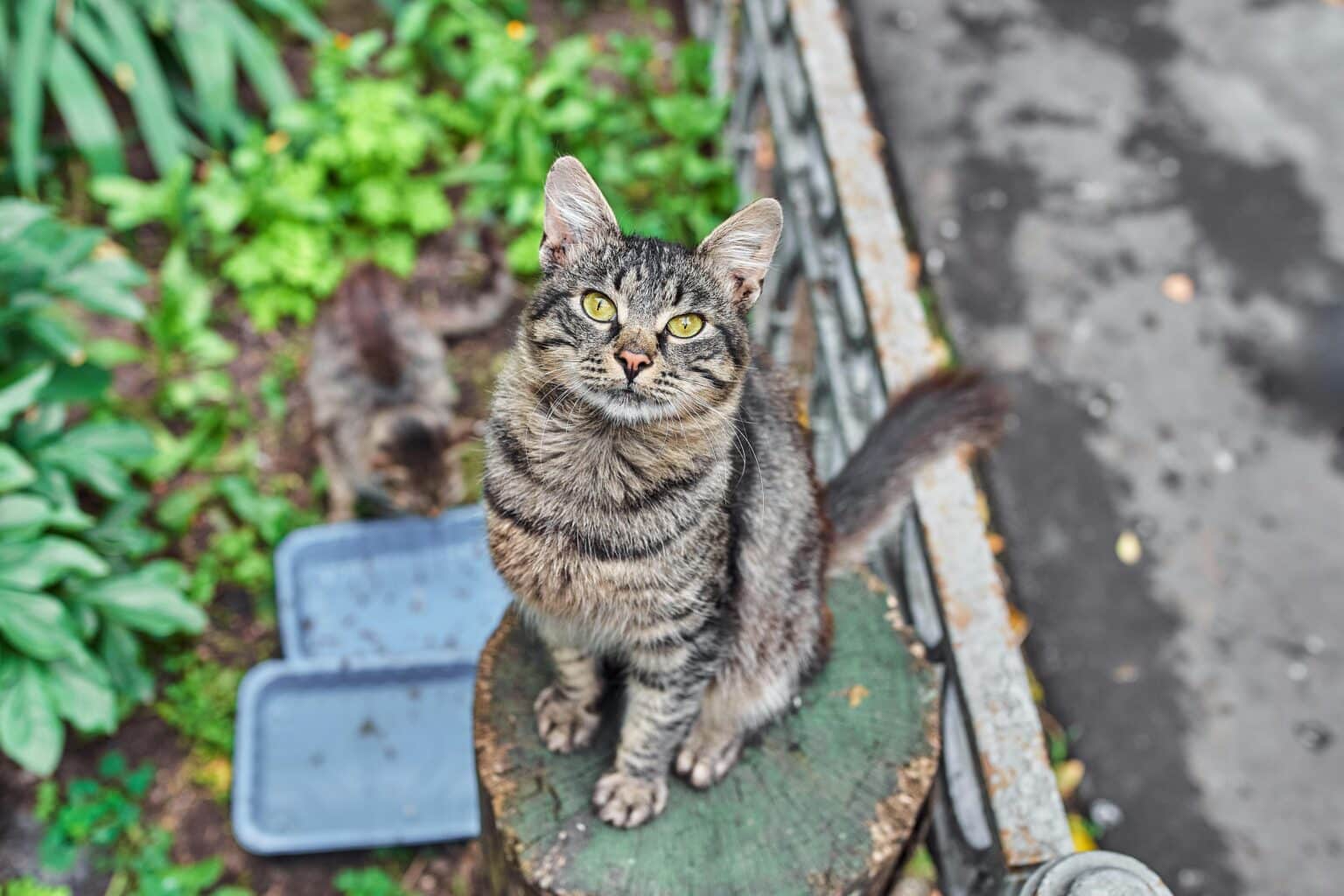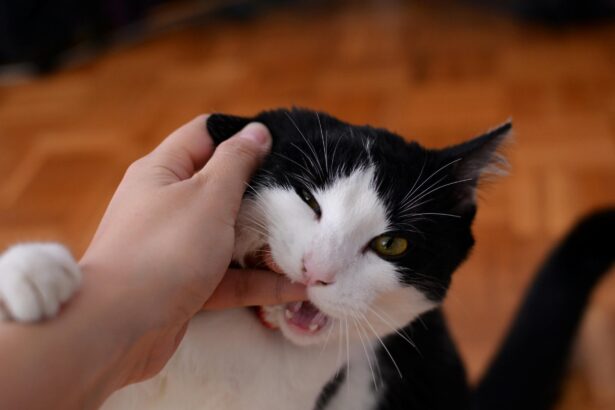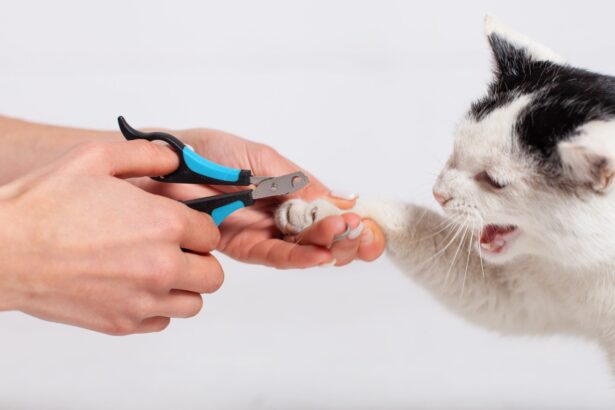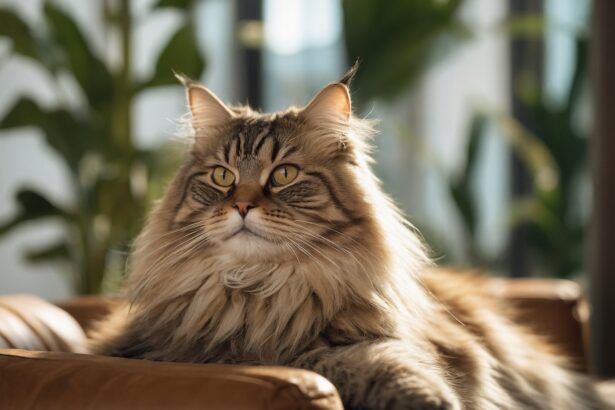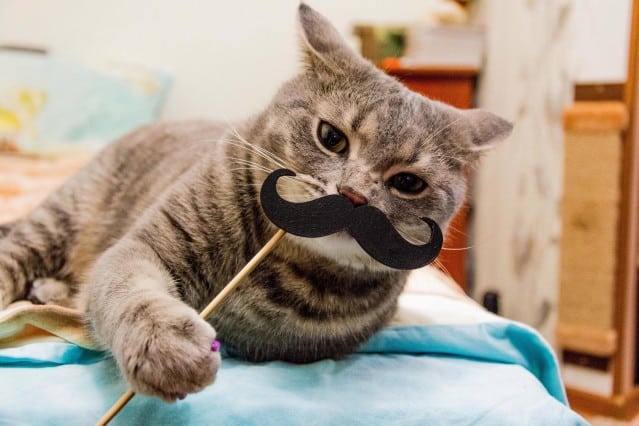European cats, explained: a warm, whiskered guide
Looking for a cat who slips right into your life like a purr into your lap? Meet the European cat, a charming all-rounder with a calm nature, a playful mind and just the right dose of independence. Think of her as that elegant friend who loves being around you, but is never needy.
In this complete guide, you’ll discover what makes the European cat so special: looks, personality, daily care, and how to make her feel truly at home. Ready to fall in love?
How to recognize a European cat
Looks you’ll adore
The European cat is well balanced: medium build, solid muscles, and a graceful, athletic silhouette. Her coat is short and dense, sleek to the touch, and easy to maintain.
Her eyes are round and expressive, ranging from green to gold or copper depending on the coat color. A broad head, a gentle jawline, and medium, well-spaced ears give her that soft, approachable look we all melt for.
Personality in a nutshell
Calm without being shy, affectionate without being demanding—European cats are loyal companions who enjoy proximity and routine. They’re clever, curious and love to explore, but they won’t turn your home upside down in the process.
Expect thoughtful play sessions, quiet moments on the couch and a cat who likes to be involved in family life. She’s often good with other pets when introductions are done gently.
Coat colors and patterns
Tabby, solid, bi-color, tortoiseshell—the European cat wears them all beautifully. The variety is part of her charm. While the coat is always short, it can look plush or sleek depending on the individual.
Fun fact: the European Shorthair (the pedigree name in some registries) is essentially the “native” short-haired cat of Europe—natural, versatile and wonderfully authentic.
Why a European cat fits so many homes
Easy grooming
One quick brushing a week is usually enough to remove dead hairs and keep the coat shiny. During spring and autumn shedding, add an extra session or two to help prevent hairballs.
- Use a soft slicker or rubber grooming mitt.
- Wipe eyes gently with a damp pad if needed.
- Check nails and the tips of ears during your mini spa day.
Want to level up your routine? Explore simple tools and step-by-step tips in this friendly cat grooming guide.
Adaptable by nature
Apartment or house, solo life or a busy family—European cats tend to adapt well. What they need most is predictability, places to climb, and daily play to use up that gentle spark of energy.
Pro tip: create a “sniffari.” Hide a few treats around a room (on safe, reachable levels) and let your cat follow her nose. It’s a mini adventure and a brilliant boredom-buster.
Affection that feels just right
European cats are companions through and through. They’ll often nap near you, follow you from room to room and settle where the action is—be it cooking, reading, or working from home.
If your cat insists on testing her claws on the sofa, offer rewarding alternatives—and place them where she naturally scratches. Need ideas? Try these gentle strategies to stop cats from scratching furniture without stress.
Care essentials for a happy, healthy European cat
What to feed a European cat
A balanced diet rich in animal protein is key. Choose high-quality wet, dry, or a thoughtful combination—just be sure it covers complete nutrition and matches your cat’s age, lifestyle and health.
Common mistake to avoid: free-feeding unlimited kibble. It’s easy to overdo calories this way, which can lead to weight gain and health issues. Instead, measure portions and offer timed meals.
Need a friendly refresher? Here’s our practical take on feeding your cat well without overcomplicating things.
Play, exercise and enrichment
Even calm cats need daily movement. Short, spirited play sessions with a wand toy can satisfy hunting instincts and help maintain a healthy weight.
- Rotate toys weekly so they feel “new.”
- Offer vertical spaces—cat trees, shelves, safe window perches.
- Try simple puzzle feeders (an egg carton works!) for mealtime fun.
Curious communicators by nature, Europeans often “talk” softly. If you’d like to decode those meows, this guide to understanding your cat’s meow is a lovely place to start.
Health and vet care
European cats are generally robust, but routine care still matters. Book an annual vet check-up for a wellness exam, vaccinations and dental lookover. Keep an eye on weight, appetite and energy levels.
Important: avoid cleaning urine accidents with bleach—it can actually attract cats back to the spot. Choose an enzymatic cleaner instead. Want to know why bleach is so irresistible? Here’s the science behind why cats love bleach.
Wondering how your cat’s age translates to human years? This handy calculator makes it easy to work out a cat’s age at a glance.
Living with a European cat
Social butterflies (in a feline way)
European cats enjoy being included. They’ll often hang out where you are, observe with those bright eyes, and “help” you fold laundry. They love predictable rituals—morning cuddles, evening play, and a favorite nap spot.
They can be independent, too, which makes them wonderfully easy housemates. Offer quality time daily and they’ll thrive.
With other pets
Most European cats do well with other animals if introductions are slow and respectful. Swap scents first, then offer short, positive meetings with escape routes for both pets.
- Reward calm behavior.
- Provide separate resources (bowls, beds, litter boxes).
- Keep early sessions brief and end on a good note.
With children
Gently affectionate and generally patient, the European cat can be a lovely family companion. Teach little ones to pet softly, avoid tail tugging and let the cat choose when to interact.
Ready to welcome a European cat?
Choosing a European cat is saying yes to a calm, affectionate presence that blends into your days beautifully. She’ll keep your secrets, warm your lap and make even the quiet moments feel special.
Already share your home with one? Tell us your stories—favorite quirks, funny habits, or the little rituals that make your bond unique. We’re all ears (and whiskers).
FAQ
Are European cats hypoallergenic?
No cat is truly hypoallergenic. That said, some people find short, regular grooming and more frequent laundering of bedding helps reduce reactions.
Do European cats do well indoors?
Yes. With playtime, scratching posts, and cozy perches, many Europeans live happily indoors. A secure balcony or window perch is a plus.
How long do European cats live?
With good care and regular vet visits, many enjoy long, healthy lives well into their teens. Nutrition, enrichment and preventive care make a big difference.
Do European cats like to cuddle?
Often, yes—on their terms. Many will nap nearby, settle on your lap in the evening and follow you around the house like a soft little shadow.


